As the recipient of the International Center for Journalists’ (ICFJ) 2024 Michael Elliott Prize for African Storytelling, journalist Linda Ngari spent two weeks at The Economist to learn about the prestigious magazine’s successful digital transformation strategy, and see if there are any lessons that can be applied to newsrooms in her native Kenya.
Here are some things Ngari learned about how The Economist maintains engaging and sustainable content:

Illustration: Unsplash
Reporters can cover any topic.
Africa editor Jonathan Rosenthal explains that The Economist is a collective voice for the magazine’s reporters around the world. From reporting on climate change to politics to health, reporters from around the world can share their thoughts in editorial meetings.
To ensure consistency, at least five editors will read through each article before publication, checking that it is consistent with the editorial style.
Before the technical meetings, individual departments meet separately to refine ideas for the week’s articles. Members of the graphics team make suggestions for magazine covers. Teams of researchers, data journalists, and fact-checkers review each article before it is published.
That combination helps newsrooms identify important content and minimize the risk of misinformation.
Diverse team of editors and reporters
The Economist's reporters and editors come from all backgrounds, many of whom are not even in journalism.
Editor Richard Cockett was previously a university lecturer in history and politics at the University of London, and American reporter Tamara Gilkes Borr was a public school teacher. Borr was able to draw on this experience to cover education, such as her story about how US parents want their children to have cell phones at school in case of a shooting.
Having subject matter experts can improve storytelling and the exchange of ideas in editorial meetings, ultimately leading to more comprehensive coverage.
Retaining talent
Staff at The Economist often rotate between editor and reporter positions, between departments, and even between countries.
The newsroom also offers regular training, such as AI workshops, to ensure that employees are as well-rounded as possible and ensure they stick around for the long haul.
Most of the staff have been with the newsroom for at least 10 years.
Recreate, Repurpose and Restrategize
The Economist offers content in print and on its website. It also distributes more than 20 weekly newsletters, operates five podcasts and two news apps. The Economist also has a team that produces vertical video content for Instagram and TikTok.
According to The Economist Group's annual report, 86% of the magazine's new subscriptions are digital-only. "Our digital transformation means we can deliver more insights, to more people, through more channels than ever before," the report notes.
The digital transformation has also led to a major shift in revenue to paid subscriptions. “We used to rely on advertising revenue from the magazine, but now we don’t,” says Ketna Patel, who has worked for The Economist since 1996. Last year, digital subscriptions generated more than $250 million in revenue.
Solutions for local newsrooms
However, the lessons of success from The Economist are not easily applicable to local newsrooms, such as in Africa, where convincing people to spend money on reading and buying newspapers has become a major challenge in the digital age in much of the developing world.
Whether paywalls can become a stable source of revenue for newsrooms in Africa is uncertain, and could even become a major risk.
Nation Media Group (NMG) has put up paywalls for The Nation in Kenya in 2021, The Citizen in Tanzania and Daily Monitor in Uganda in 2023.
However, NMG’s paywall strategy in Kenya has encountered a number of obstacles. For example, users often bounce as soon as they encounter the paywall, while the few subscribers have copied and redistributed content through other free websites and platforms.
The loss of readers led NMG to temporarily suspend its paywall strategy in June 2022 before relaunching it later. The strategy that seems to have worked is that NMG has given readers the option to pay daily to read the paper (instead of paying monthly or annually).
As a result, about 80% of NMG subscribers have accepted small payments on smartphones to read daily newspapers, just like paying a small amount for a printed newspaper as before.
This shows that quality content and a sensible pricing strategy can help drive paid subscriptions for newspapers in developing countries like Kenya.
Another lesson is that rather than competing in the breaking news space, The Economist often publishes in-depth analysis and explainers on pressing issues. Similarly, African newsrooms like News24 and NMG have adopted a “freemium” model, placing their in-depth investigative stories behind a paywall, while breaking news on the subject remains free.
Hoai Phuong (according to IJNet)
Source: https://www.congluan.vn/5-bai-hoc-tu-to-the-economist-trong-viec-thu-hut-doc-gia-tra-phi-post308356.html


![[Photo] A long line of young people in front of Nhan Dan Newspaper, recalling memories of the day the country was reunified](https://vstatic.vietnam.vn/vietnam/resource/IMAGE/2025/4/28/4709cea2becb4f13aaa0b2abb476bcea)
![[Photo] Signing ceremony of cooperation and document exchange between Vietnam and Japan](https://vstatic.vietnam.vn/vietnam/resource/IMAGE/2025/4/28/e069929395524fa081768b99bac43467)

![[Photo] People lined up in the rain, eagerly receiving the special supplement of Nhan Dan Newspaper](https://vstatic.vietnam.vn/vietnam/resource/IMAGE/2025/4/28/ce2015509f6c468d9d38a86096987f23)
![[Photo] Special supplement of Nhan Dan Newspaper spreads to readers nationwide](https://vstatic.vietnam.vn/vietnam/resource/IMAGE/2025/4/28/0d87e85f00bc48c1b2172e568c679017)

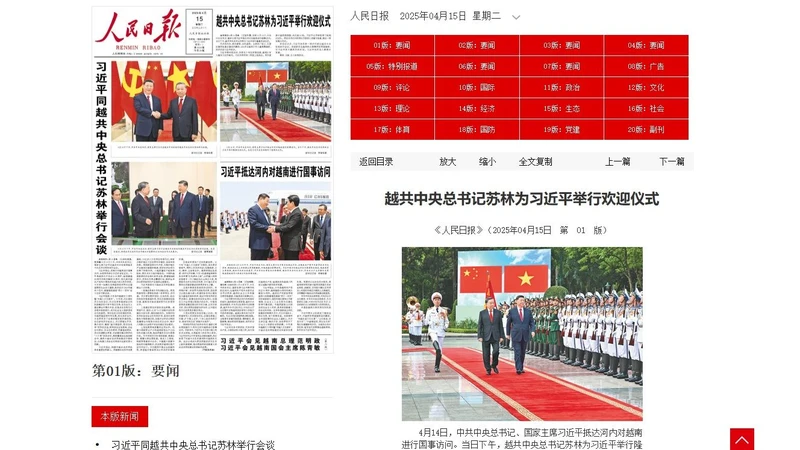


























![[Photo] Readers in Dong Nai are excited about the special supplement of Nhan Dan Newspaper](https://vstatic.vietnam.vn/vietnam/resource/IMAGE/2025/4/28/82cdcb4471c7488aae5dbc55eb5e9224)







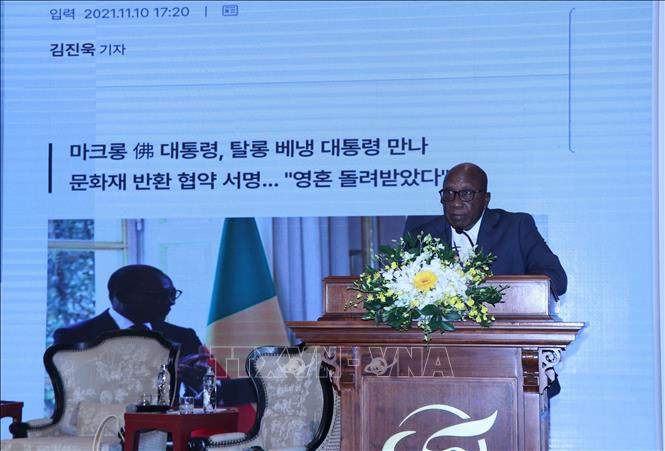



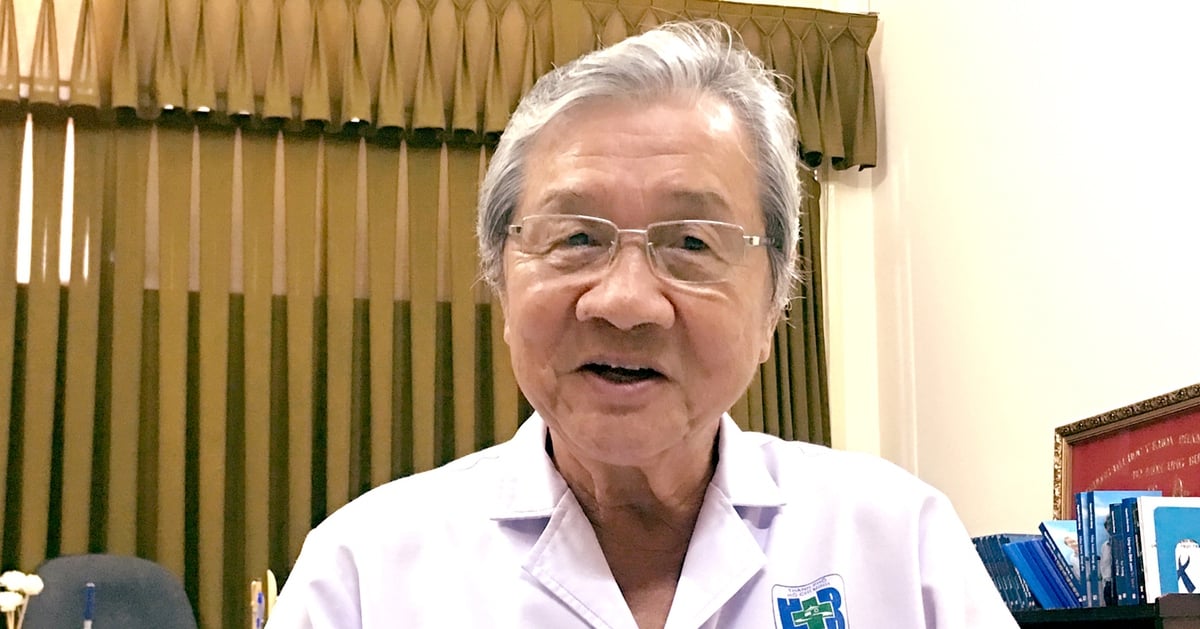















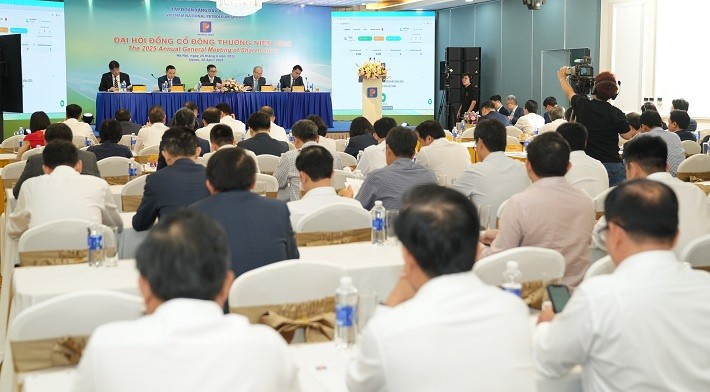

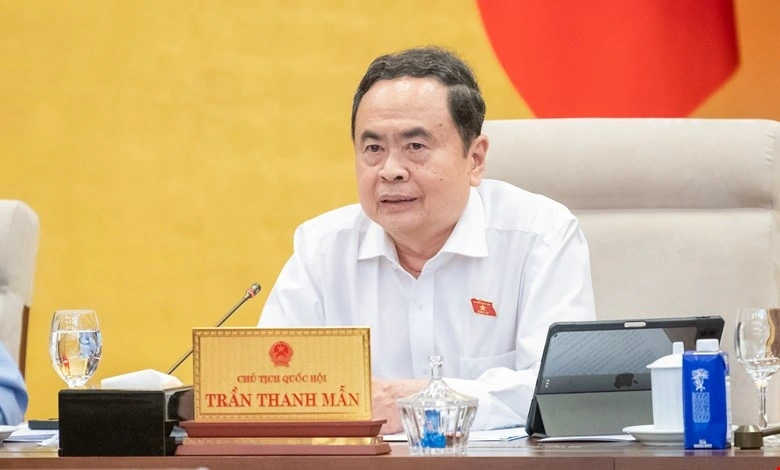

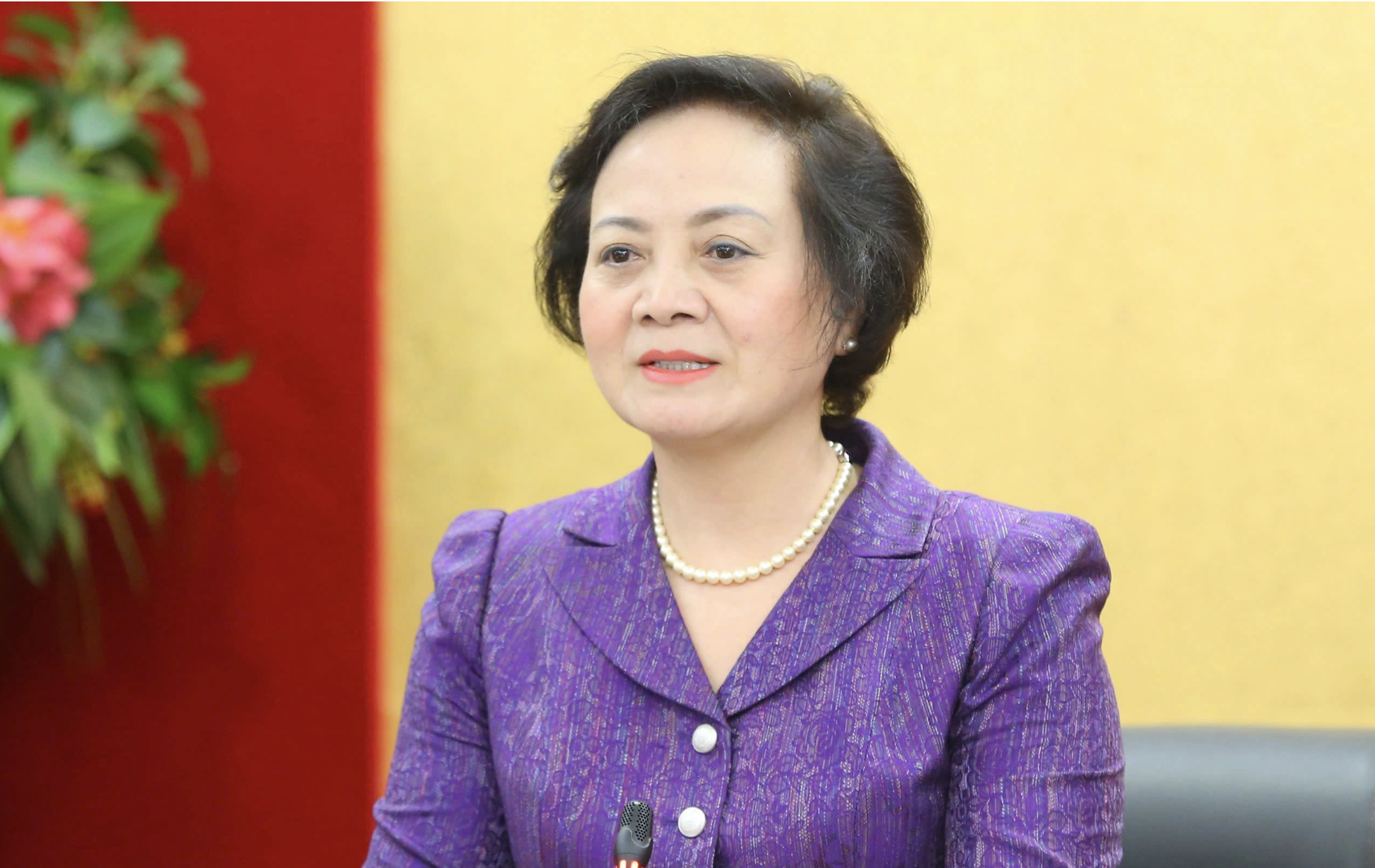











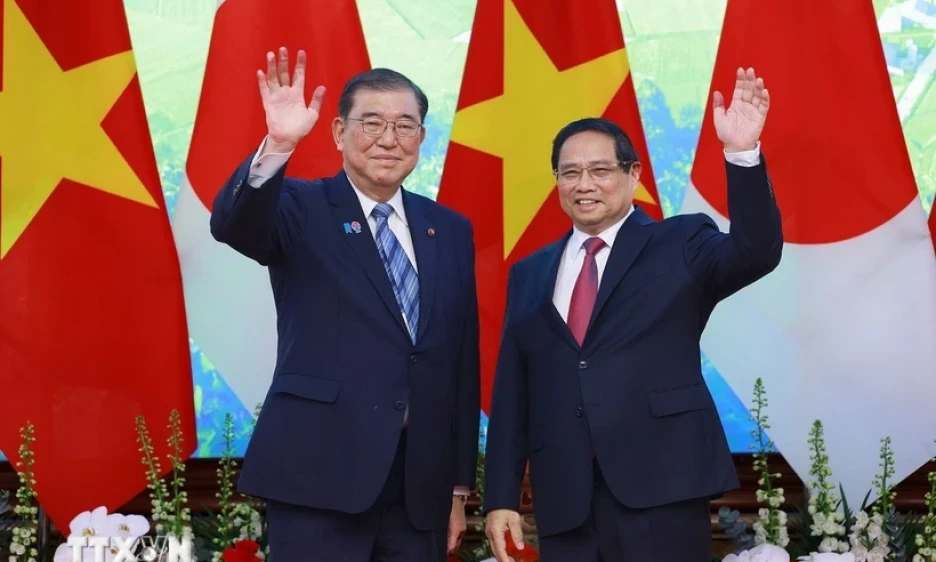


















Comment (0)